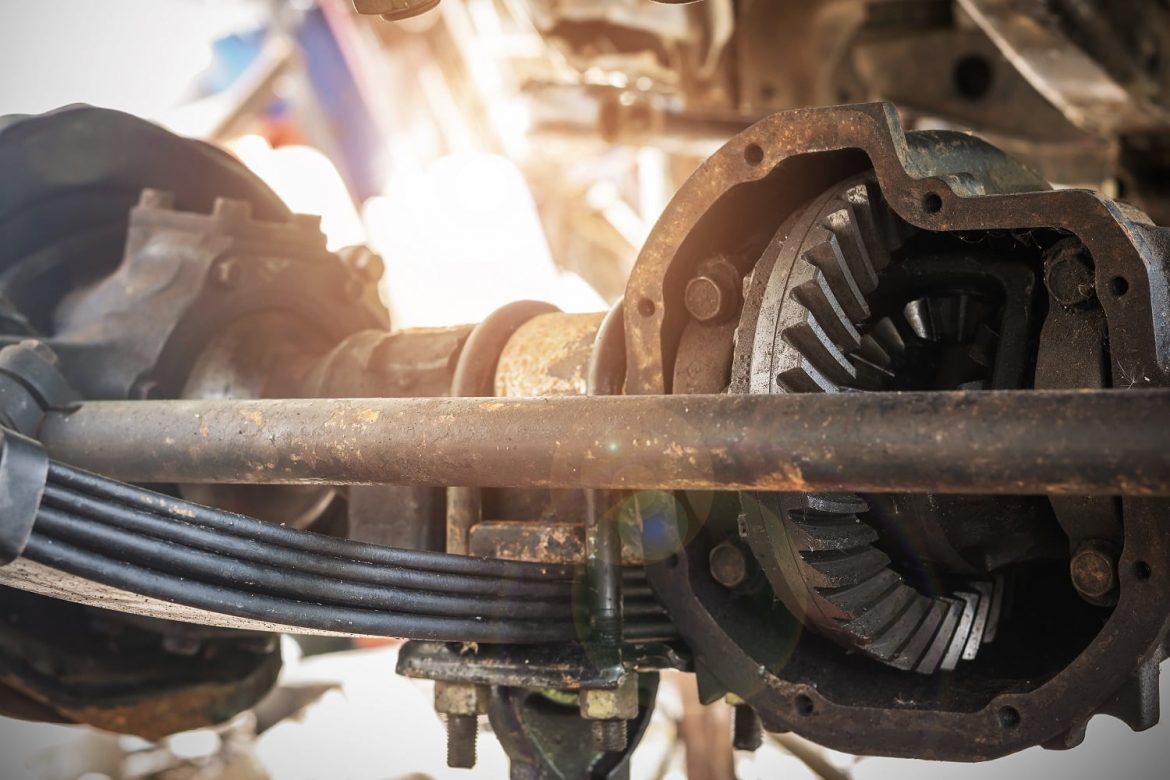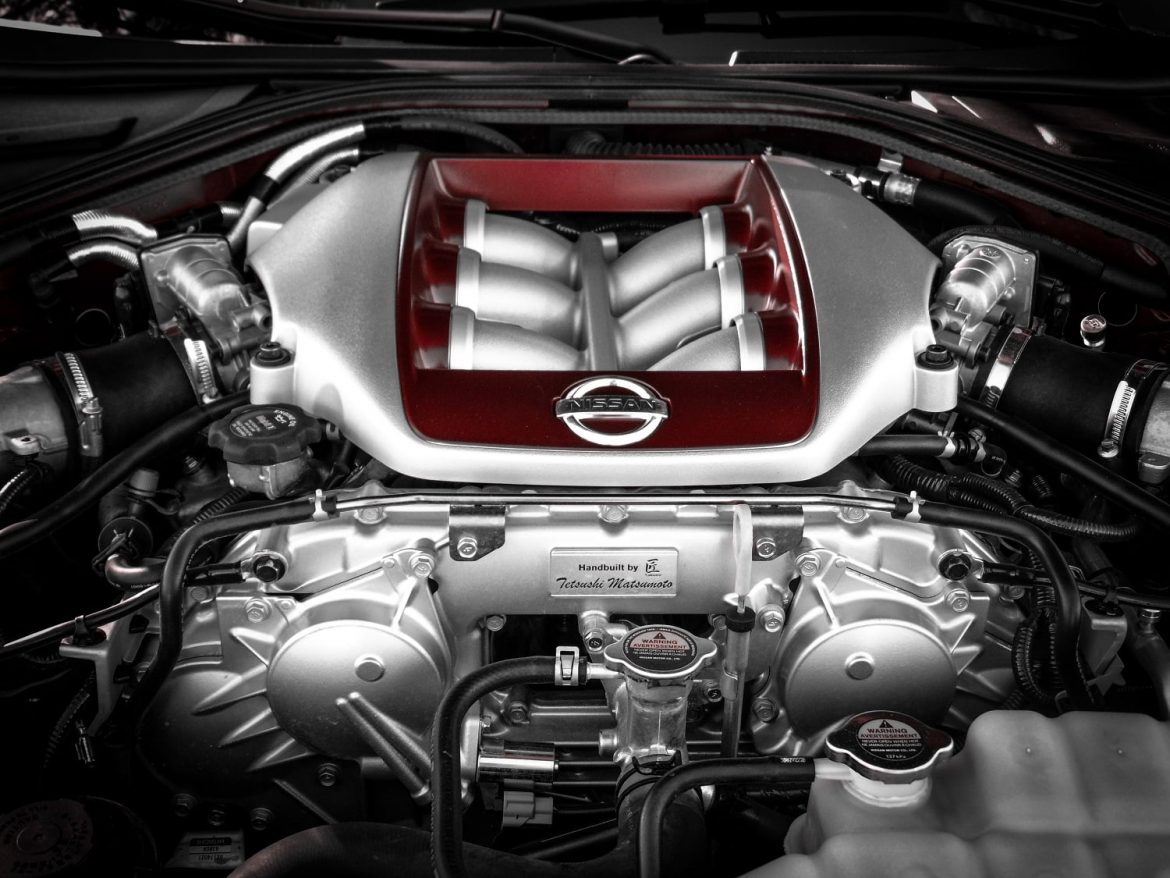Performing a transmission fluid and filter change on your vehicle can be one of the most beneficial things you can do to keep your transmission operating smoothly for a long time. While replacing a transmission usually isn’t as expensive as replacing an engine, it’s definitely something you want to avoid if at all possible.
Before we get into the step by step of changing transmission fluid and filter, we want to start by talking about:
Life Time Transmission Fluid
Is it a real thing? How long is the lifetime expected to be if you don’t change it? Can I change the fluid in my transmission even if the manufacturer tells me I don’t have to? Unfortunately, in many cases, manufacturers stating that a fluid in your vehicle doesn’t need to be changed is just a sneaky way of lowering the “cost of ownership” number on that particular vehicle. As your transmission operates wear products are deposited into the transmission fluid. Small amounts of metal from gear and bearing wear, friction material from the clutches and bits of rubber from the seals, gaskets, and o-rings all get mixed up in the transmission fluid. Now if everything is functioning normally, these particles are microscopic but they change the properties of the transmission fluid causing it to be more viscous, more abrasive and will expedite wear in your transmission. I don’t know about you, but I would rather get that junk out of the transmission and extend its life.
Once you’re ready to change your transmission fluid and filter, here’s how it goes:
Transmission Fluid and Filter Change
- Drain the fluid
- Remove the transmission pan
- Remove the filter
- install the new filter and new pan gasket
- reinstall the pan and torque the pan bolts to spec
- Refill the transmission and set the fluid level
Helpful Hints:
- Some transmissions have a drain plug while others require removing the pan to drain the fluid. If your transmission doesn’t have a drain plug, make sure you’ve got a drip tray bigger than your transmission pan and lots of towels because it can be a messy process.
- Transmission filters will have a gasket or seal where they enter the transmission. Make sure to remove the old and install a new seal with the new filter. Coat the new seal and filter with new transmission fluid before installing it.
- When you reinstall we recommend using a new gasket even if the manufacturer says you can reuse the old one. It just isn’t worth the risk of having a leaky pan gasket and having to do the job again.
- Proper pan bolt torque is important both for sealing the pan gasket properly and to make sure you don’t strip out any bolts as the transmission body is most likely aluminum and will strip easily.
- When draining your transmission this way you usually only get 1/3 to 1/2 of the fluid out. If your transmission fluid was really dirty you may want to repeat this procedure once or twice to get your fluid really clean.
If you notice a leak from your transmission input our output shaft when you’re doing your transmission fluid and filter change, add BlueDevil Transmission Sealer along with the new fluid to seal the leak and maintain your fluid level.
Pictures Provide By:
transmission_fluid.jpg – By Leonid Eremeychuk – Licensed by Getty Images – Original Link
BlueDevil Products can be found on Amazon.com or at AutoZone, Advance Auto Parts, O’Reilly Auto Parts, NAPA, and other major auto parts retailers.
1 responses to "Transmission Fluid and Filter Change"
1 Comments
Leave a Reply
Related Articles




I want to thank you so very much for all the information that you have on your website it was very informative and hats off to you have a good one